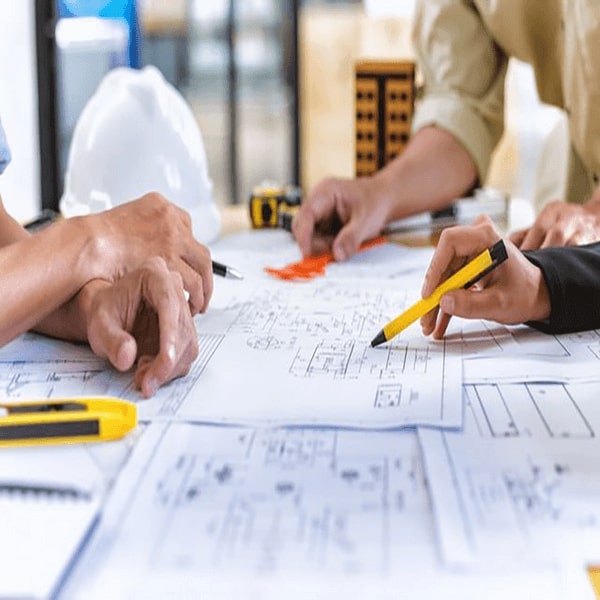Many assume there’s a standard approach to roof anchor systems, but every building is unique. This post breaks down the most common design misconceptions, explores equipment options beyond anchors, and explains what it takes to achieve code-compliant, functional fall protection.
Since its inception, Pro-Bel’s purpose has been to protect workers from falls. The selection of fall protection, suspended maintenance, and window washing equipment to create an effective and efficient system is highly specialized and requires in-depth knowledge of rigging methods and practices, as well as safety regulations.
Common Misconceptions
There are two common misconceptions related to the design of fall protection and suspended access systems:
There is one standardized system
Each building is different in many ways and requires an individual approach and review (from the layout, quantity, and type of equipment). Many believe that fall protection only utilizes permanent roof anchors and that rooftop davits are the standard equipment for window washing systems.
Now, it is true that most fall protection systems are composed entirely of roof anchors and wall anchors, but those can’t act as a fall protection for the roofs of all buildings. Some buildings will have architectural elements that make it impossible to implement standard equipment. Standard roof anchors are substituted for monorail fall protection systems, horizontal trolley rail systems, or guardrails.
Several factors must be considered when determining the equipment required for window washing systems. Davit systems are great for specific systems.
A design needs to meet the code
While a design must meet all codes, guidelines, regulations, and standards, it is also crucial that the systems work effectively. It is common to see a design that meets code requirements but does not allow workers to perform their duties effectively and efficiently. A design must consider how workers will use equipment to alleviate functional issues.
Rooftop davits are always used for window washing systems
Window washing davits are a staple of the industry, so it’s no wonder people are under the impression that they’re the standard system. However, that’s not the case. Davits are great for high-rise square buildings, but with more complicated architecture, a sophisticated solution is needed.
If a building had protruding balconies or varying elevations, a davit system would not be able to reach the facade, and an outrigger beam would need to be installed. Alternatively, if a building had an overhang that prevented window washers from a straight drop down, a material hoist platform lift would need to be installed under the overhang so the window washers could hook themselves off.
When a drop distance exceeds 150m (492 feet), a davit cannot be legally installed in North America; instead, the building would need to install a BMU (Building Maintenance Unit), a fully mechanized roof car that can be lowered to the building’s windows.
For buildings with a drop distance under 300 feet, window washing davits aren’t mandatory, and they’re not usually the preferred suspension method. Rather, the preferred system involves permanent roof anchors laid out near the roof edge, allowing both the suspension lines and lifelines to be attached.
Using permanent roof anchors for suspension is dangerous
In mid-rise buildings, many window washers are suspended on chairs attached to rooftop anchor points. Often, this setup is regarded as unsafe—after all, the only thing keeping the worker suspended is a chair, some rope, and a few anchors—but this isn’t the case. Using a basic rooftop anchorage system and a Bosun’s chair for suspension is significantly safer than a powered platform. Generally speaking, the simpler a system is, the safer it tends to be.
Codes and Regulations
Local jurisdictional authorities are concerned with fall protection issues and closely monitor current codes.
- ANSI I-14.1 is a leading standard in the United States.
- OSHA has several code requirements (including New York Code Rule 21 and CAL-OSHA)
- The CSA in Canada has very strict requirements for such equipment (along with specific provincial requirements, such as the Ontario Ministry of Labour and British Columbia WCB rules).
Those are just a small sample size of the federal, provincial/state, regional, and international requirements. Interpreting each is certainly a daunting task!
Complete List of OSHA and ANSI codes and regulations in the US
Pro-Bel's Free Design Service
For the above reasons, Pro-Bel offers architects, building owners, construction managers, engineers, and general contractors a complimentary design service for fall protection, suspended maintenance, and window washing equipment and systems. This service includes a proposed layout, customized specifications, and equipment details that will consider the codes, cost, effectiveness, and efficiency.

